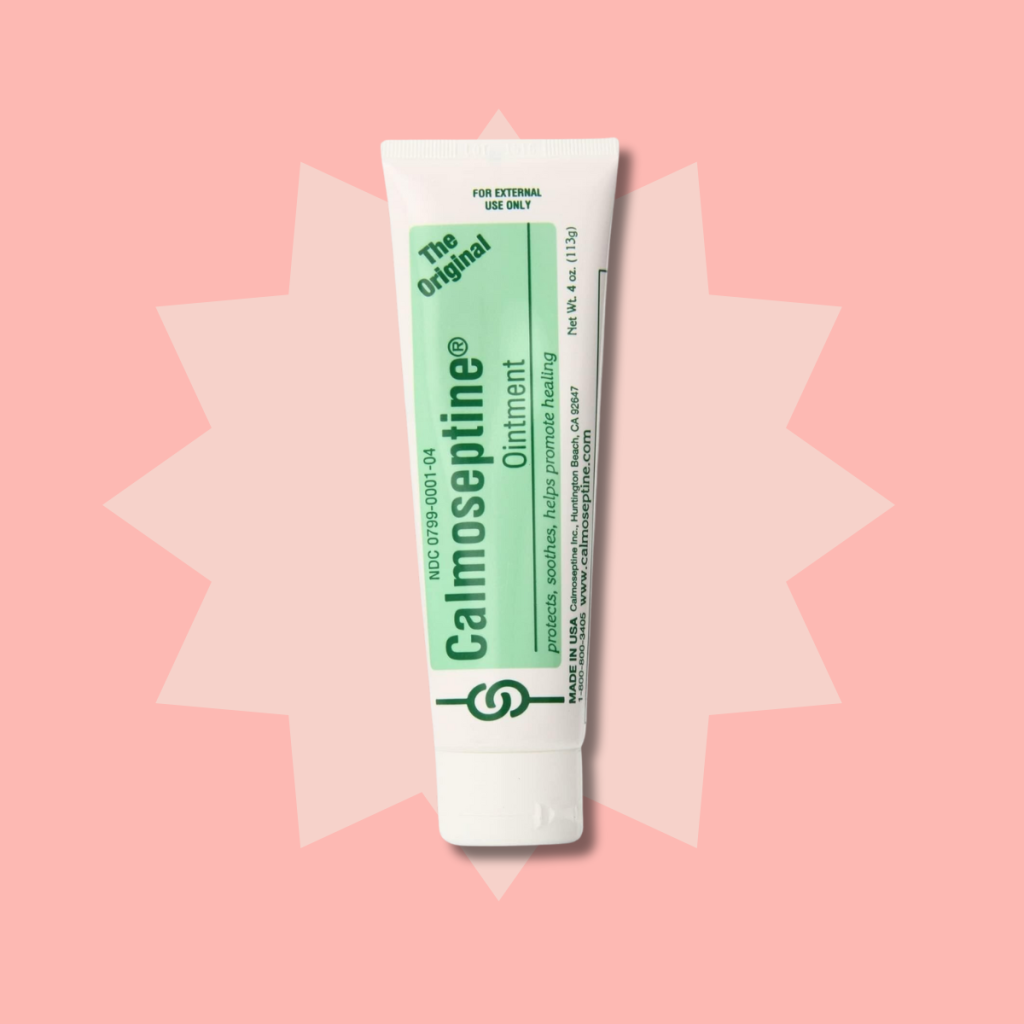How to Fix Dry Skin Spots

By Franki Hanke
Have you started spotting persistent dry skin spots when your skin is otherwise healthy? These can be more annoying than overall dry skin because you’re left wondering why is that one spot so irritated, right?
Why do I have dry skin spots?
Our skin is a large organ that’s exposed to a lot. Dry skin can be a condition itself or a symptom of other concerns. Some degree of dry skin is normal, especially as we age. Over time, our skin produces fewer natural oils to protect and hydrate itself, so the skin’s baseline trends drier.
Seasonally, in winter, the skin is drier too. Read Why does skin suffer in winter?
How to Soothe Itchy Skin
Scaly patches of skin are uncomfortable and unsightly. Soothe scaly skin with these four dermatologist-approved ingredients.
Oatmeal
Oatmeal leaves polysaccharides and fats on the skin’s surface that moisturize and lubricate the skin. When you’re suffering from dry, itching skin, that indetectable coating provides relief.
Quick Relief Treatment

With a combination of colloidal oatmeal and additional oat lipids, Murad’s Quick Relief Colloidal Oatmeal Treatment lotion is ultra-soothing on the go.
Soothing Bath Soak

With convenient single-use packets, Aveeno’s bath soak provides whole-body soothing to solve winter’s dry skin.
Repairing Face Mask

Alongside other emollients and skin soothers, First Aid Beauty’s overnight mask is skin-softening without anything too harsh.
Makeup Cleansing Balm

Soothing while washing away makeup is an easy all-in-one concept from Inkey List that avoids stripping the skin like harsh soaps and cleansers do.
Pramoxine
Pramoxine is a topical anesthetic that relieves itching faster than most other ingredients. If your dry skin spots are itchy, introduce pramoxine!
Itch Relieving Products

CeraVe offers itch-relief skin care products using pramoxine alongside hydrating ceramides depending on your preferred texture. Choose between the lotion and cream formulations for faster absorption, more hydration, or less spread on the skin.
Combined Approach

To relieve itching while healing dryness, opt for Aveeno’s Restorative Skin Therapy balm which uses oat concentrates and pramoxine for a combined approach.
Menthol
Menthol’s cool sensation reduces itching and burning feelings on the skin, however, menthol can trigger irritation for some people and doesn’t hydrate or moisturize.

To soothe affected areas and layer a protective moisture barrier, use Calmoseptine’s ointment which is a multi-use ointment. It combines menthol and calamine with lanolin for a soothing layer atop the skin.
Calamine

Usually appearing in baby pink bottles, calamine can minimize itching. Aveeno’s Anti-Itch Concentrated Lotion isn’t pink on the skin, and it blends 3% calamine with pramoxine and oats for a combined approach.
Get The Finer Life
Our Sunday email has tips and content you will love – exclusively for our subscribers.
"*" indicates required fields
Hydrocortisone
For dry skin patches resulting from allergic reactions or bites, hydrocortisone is a steroid treatment option available over the counter, but for typical dry skin, it’s likely not needed.
Itch-relieving ingredients like pramoxine, menthol, and calamine are best used as treatments when needed to relieve itching. Once itching has abated, use products focused on rehydrating and protecting.
How to Avoid Dry Skin Spots
Following best practices for skin health will lessen the occurrence of dry skin spots.
Practice All Day Skin Care
You may have a before-bed skincare routine, but that leaves your skin waiting all day for a little love. Add some skin love throughout the day.
- Reapply sunscreen (SPF) to your face, neck, and hands plus any exposed skin regularly year-round.
- Apply lotion after washing your hands to replenish your skin.
Increase Moisture
Dry skin usually needs moisture. Introducing more moisture in a variety of ways keeps it hydrated.
- Drink water regularly, and consume fruits and vegetables with water content.
- Run a humidifier in a room where you spend a lot of time like your office or bedroom.
- Apply products on wet skin to trap that water in. Post-shower is the ideal time to use an oil or lotion on your entire body.
Avoid Skin Stress
Many of our daily practices can increase the strain on our skin.
- Wear gloves to protect your skin while cleaning, gardening, or doing any similar tasks.
- Take cooler showers that don’t leave the skin red hot. Avoid washing hands with hot water too.
Spot Treat Dry Skin Spots
If you have spots that usually stay drier like elbows, knuckles, or knees, give them an extra step in your routines to hydrate and protect them specifically. If you use a thin lotion for your whole body, introduce a thicker cream for the drier spots to let them absorb more moisture.
Recognize Triggers
Most skin conditions occur in flares often triggered by external factors. Over time, pay attention to what affects your skin and work to avoid allergens and irritants.
- Do dry skin spots appear in the same spot every time? When do you interact with that spot?
- Does it usually follow a certain activity or chore? Look for chemicals, products, plants, or other interactions in that activity for a potential trigger.
- Is there a specific time of year you see dry spots recur? Skin tends to suffer in the winter, but seasonal allergens can affect skin too.
If your skin tends to be reactive, simplify all your skincare to avoid fragrances.
Once you’ve tried some at-home options, don’t be scared to consult a dermatologist for medical advice. While dermatology is often treated as a specialty healthcare provider, we all have skin concerns, and no one has a deeper understanding and recognition of skin conditions than a dermatologist. Beyond skincare, a dermatologist can recommend antihistamine or steroid use.
When is dry skin severe?
If your dry skin spots disrupt your daily routine because of discomfort or frequent itching, it’s time to consult someone.
When dry skin is to an abnormal degree, the dermatologist uses a variety of terms to differentiate between different presentations of dry skin. These terms fall under the broader umbrella terms “dermatitis” and “eczema” which both refer to inflamed and/or irritated skin. Specific types of eczema are differentiated by their cause and appearance on the skin while psoriasis is another skin condition entirely.
- Contact Dermatitis
- Atopic Dermatitis
- Seborrheic Dermatitis
- Actinic Keratosis
- Dyshidrotic Eczema
- Nummular Eczema
What’s the difference?
Contact Dermatitis occurs as a reaction to an irritant like a topical product, detergent, jewelry, or plant. Dry skin spots can be contact dermatitis if patches of skin are exposed to an irritant.
Atopic Dermatitis is an immune system reaction that triggers inflammation in the skin. It is frequently first spotted in childhood and reappears throughout life to varying degrees.
Seborrheic Dermatitis is a reaction to yeast that naturally exists on your skin. If presents, frequently, as dandruff (dry skin on the scalp) or dry skin spots on the face, chest, or skin creases.
Actinic Keratosis (Solar Keratosis) is a long-term result of sun exposure. It usually presents as scaly, tough patches of skin. The Skin Cancer Foundation has a helpful guide for identifying actinic keratoses before they progress to cancerous squamous cell carcinoma.
Dyshidrotic Eczema appears as small blisters on the feet and/or fingers and toes. It is specific to these locations and may range in scale and intensity of the blisters. While they may have a similar discomfort, dyshidrotic eczema appears as blisters, not flaking or patching skin.
Nummular Eczema is circular, coin-shaped spots or lesions that may ooze (rather than dry flaking).
When do I need a dermatologist?
Many dry skin conditions are treatable at home, but it’s safest to consult a dermatologist to check your existing skin condition and to create a record of your current condition to track any changes over time. The American Academy of Dermatology Association recommends, “If you notice anything new changing, itching, or bleeding, see a board-certified dermatologist.”
So, if you have dry skin spots that are severely disruptive to your daily routine due to discomfort, itching, or pain, or the spots themselves look irregular, schedule a skin check and/or biopsy with a dermatologist.
The above content may contain affiliate links. When you click and shop with our links, we receive a small commission to support our writers. As an Amazon Associate, we earn from qualifying purchases.

Want a Free Guide?
You will receive our free 19-page guide and access to our exclusive content, private invitations, and tips you’ll love.
"*" indicates required fields
Facebook Group




